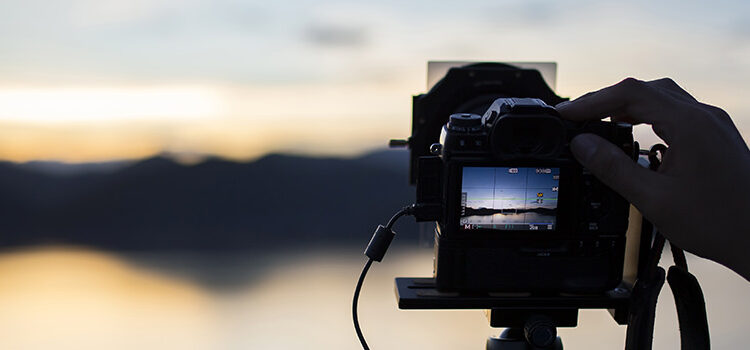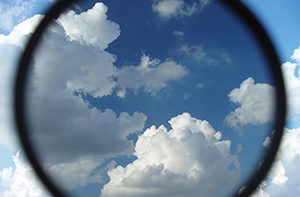
Filters are an indispensable part of a photographer’s kit, but if you have never used them before it can seem a little daunting to know what the best filters for landscape photography are.
A good starting point is the polarizer, which is particularly useful as it helps to increase colour saturation, in particular for blue skies. It also helps reduce glare and reflections on water, glass and foliage.
A lot of landscape photography involves shooting images at the start or end of the day where typically the sun is lower in the sky. This can lead to some harsh extremes in terms of metering for light levels across an image. If you want to balance the exposure of the sky with the foreground consider using neutral-density graduated filters or ND (Neutral Density) grads. Several colour grads are available, however, the ND grad is the best all round choice. ND grads come in various densities and transitions such as soft, medium or hard transitions and are some of the best filters for landscape photography.
 There are also ND filters that allow you to increase your exposure time when you want to get movement in clouds or smooth out water to improve reflections. They can also be useful in removing people or cars from your scene as long as they are constantly moving during long exposures.
There are also ND filters that allow you to increase your exposure time when you want to get movement in clouds or smooth out water to improve reflections. They can also be useful in removing people or cars from your scene as long as they are constantly moving during long exposures.
Which filter system?
If your lenses have different diameters you may find that slot-in type filters are more worthwhile rather than screw-in filters.
The filter system used by many landscape photographers, is the Lee Filter System. Many of the shots taken from all around the world on this website have been enhanced by using Lee Filters.
Helpfully, Lee Filters offers a Digital SLR starter kit with everything you need to get going with filters, albeit you will also need different size adapter rings to fit the various size lenses you have in your collection.
The great thing about investing in a system like this is that you can add to them over a period of years. Also, if you were to ever change camera systems you only need to buy new adaptor rings, rather than buy a whole new filter set and start again.
With new creative options and a much wider range of light conditions available to shoot images in, buying a good set of filters should rank high on the ‘essential equipment list’ of any aspiring landscape photographer.

